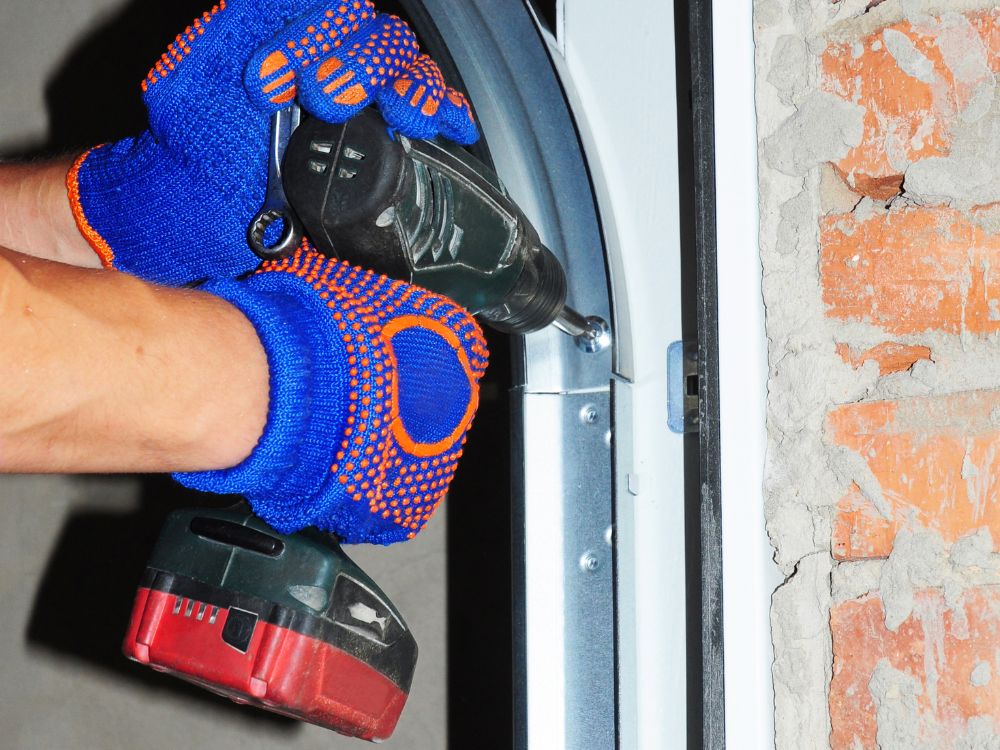How Do You Diagnose a Garage Door Opener Problem?
Diagnosing a garage door opener problem requires understanding the components and identifying what might be causing the issue. Common problems range from electrical malfunctions to mechanical failures.
Common Garage Door Opener Problems
- Unresponsive Remote Control: The remote fails to operate the opener, potentially due to battery or signal issues.
- Door Not Closing Completely: The door stops before closing or reverses unexpectedly.
- Grinding or Unusual Noises: Strange sounds indicate potential issues with the motor or track.
- Opener Light Not Working: The light doesn’t turn on, affecting visibility in the garage.
Steps for Diagnosing a Garage Door Opener Problem
1. Inspection and Initial Checks
Start by performing basic checks to identify common issues.
- Test the Remote: Replace the batteries and ensure the remote is within range.
- Check the Power Source: Verify that the opener is plugged in and the circuit breaker is not tripped.
2. Analyzing Door Movement
Pay attention to how the door operates when the opener is engaged.
- Observe Door Behavior: Look for jerky movements or areas where the door gets stuck.
- Inspect Safety Sensors: Ensure the sensors are aligned and free of debris.
3. Listening for Sounds
Unusual noises can provide clues to the problem.
- Grinding Sounds: May indicate a problem with the gears or motor.
- Squeaking or Rattling: Suggests the need for lubrication or tightening of components.
4. Testing the Components
Use these steps to diagnose specific parts of the garage door opener.
Testing the Remote Control
- Replace Batteries: Insert fresh batteries to rule out power issues.
- Reprogram the Remote: Reset the connection to the opener following the manufacturer’s instructions.
- Check for Signal Interference: Ensure no devices nearby are disrupting the signal.
Examining the Safety Sensors
- Align the Sensors: Adjust the sensors to face each other directly.
- Clean the Lenses: Wipe the sensor lenses with a clean, dry cloth.
- Test the Beam: Place an object in the beam’s path to ensure the door reverses properly.
Inspecting the Tracks and Rollers
- Check for Debris: Clear any obstructions in the tracks.
- Tighten Bolts: Secure loose bolts or brackets on the tracks.
- Lubricate Moving Parts: Apply garage door lubricant to the rollers and hinges.
Preventative Maintenance Tips
Scheduled Inspections
- Monthly Testing: Test the door balance and safety features every month.
- Inspect Electrical Connections: Ensure wires are secure and not exposed.
Regular Cleaning
- Clean Tracks: Remove dirt and debris from the tracks to prevent obstructions.
- Check for Rust: Clean and treat rusted parts to avoid long-term damage.
Professional Assistance
- Call a Technician: If the issue persists or is complex, consult a professional garage door technician.
- Upgrade Older Models: Consider replacing outdated openers with modern, efficient models.



